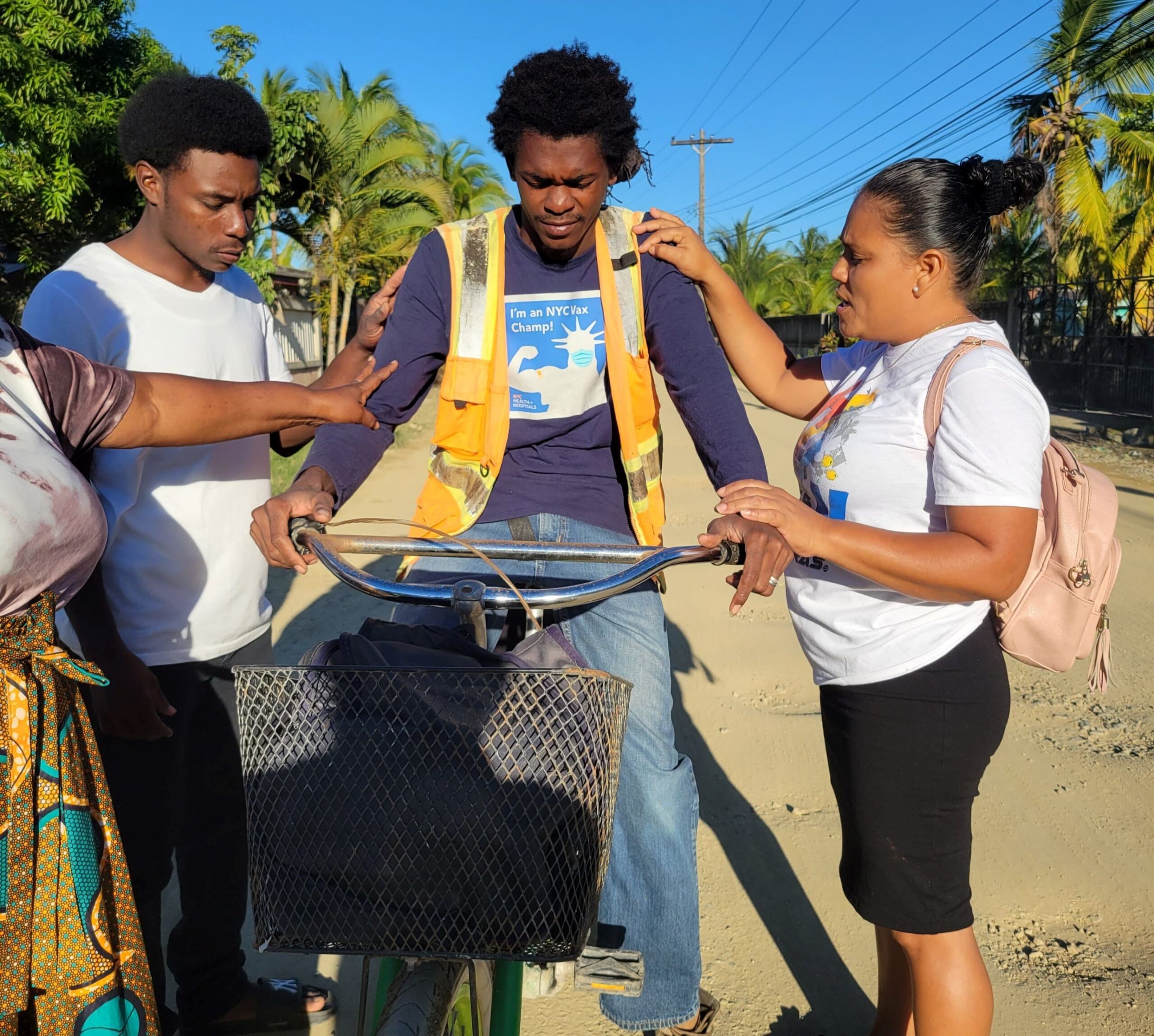The following is an interview with Pastor David Lopéz, Director of IMPACT’s partnership with the Free Methodist Church.
Why a prayer walk versus simply gathering in a church to pray?
The participants see their neighborhood through different eyes. They see the needs that exist there. They see where drugs are sold, children that should be in school, the impact of sickness, unemployment, etc. Prayer walks also help their neighbors realize that there is a church in their community that is interested in them and interested in meeting their needs through the love of Christ!
It is a little hard for us in the U.S. to understand how open people in Latin America are to the gospel. Can you give some examples of what happened as the teams walked.
It is not uncommon for members of the prayer teams to pray for someone on the street and then to be invited back to that person’s home to pray again. In fact, this is a way that Houses of Peace are started. Someone shows interest, asks for more information about God, invites a House of Peace leader into their home, and then invite their friends and family. Discipleship begins.
An example. Last year, during a prayer walk in La Legarda, a very dangerous suburb of Quito, Ecuador, a team from the local House of Peace noticed children playing unsupervised on the streets while their parents were working. After praying, they decided to take action. They invited the kids to an event they spontaneously planned at that same location the following Saturday. Eleven-year-old Camila was one of the children to hear about the event and was the first to arrive the following week. Through her constant enthusiasm as a person of peace (Luke 10), and repeated weekly gatherings, the group evolved into a House of Peace for children. A year later, not only do those children still gather weekly, receiving God’s Word by IMPACT leaders, but a few of their parents have begun to attend as well.
How is it different from an evangelistic campaign?
We aren’t standing on a corner preaching and making an invitation for the people to come. We are actively noticing the needs of the community and praying in those places for those exact needs. We are not primarily giving a message to accept the Lord, though we do hope they will accept the Lord, we are showing the love of God.
The message that God gave us is to “go” not “come.” We need to
motivate the church to leave the building.
Any closing words? My advice is that the church should not wait for people to come to church; the church needs to go out and take God’s love to the community. The message that God gave us is to “go,” not “come.” We need to motivate the church to leave the building. How are they going to care for people if they don’t know the needs of their community? Each church needs to be a light for their community. This is possible if you start with prayer.
Impact Latin America is a faithful partner of The Bolick Foundation.


